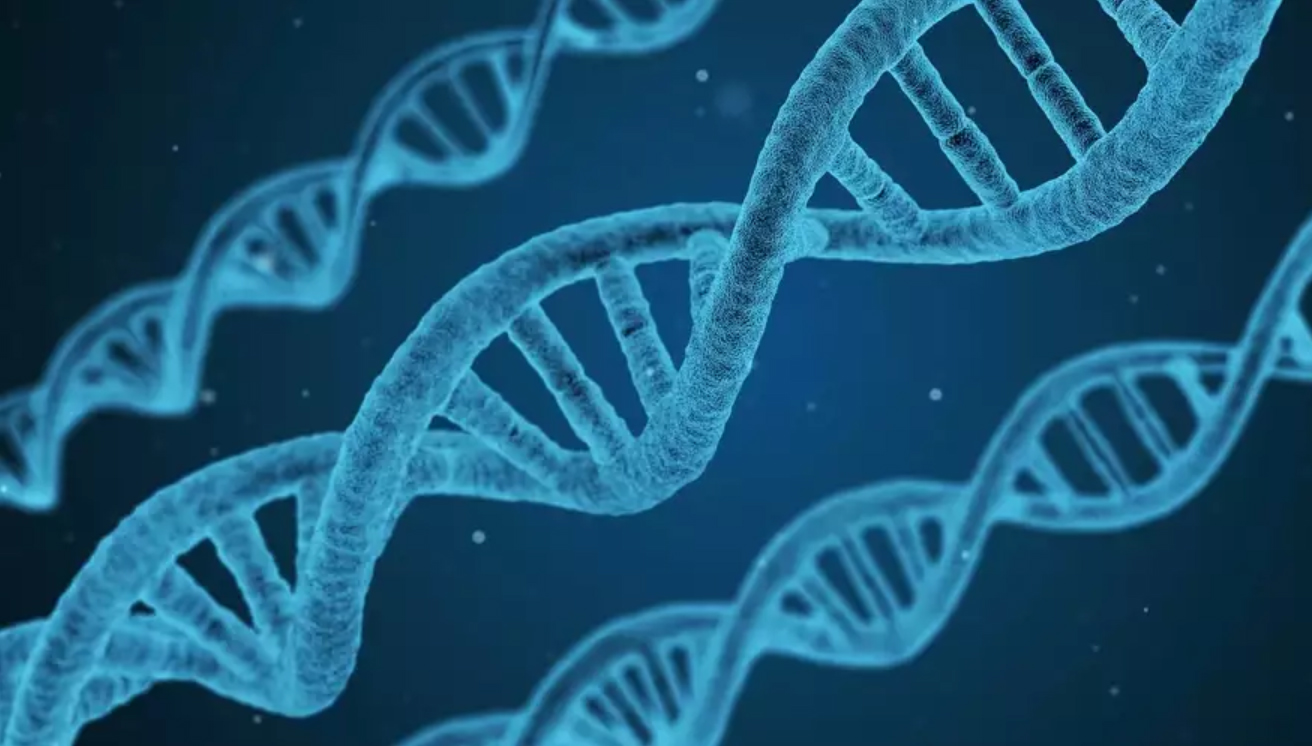What do you do when there are no experts to turn to? For computer scientist Matt Might, the answer was obvious: you become the expert. When doctors couldn’t figure out his son’s disease, he found a way to crack the code.
Matt’s son, Bertrand, suffers from an extremely rare genetic disease, called NGLY1 deficiency, which causes chronic seizures, liver problems, and developmental delays. In fact, it was so rare that Bertrand was the first person ever diagnosed. That meant there was literally nobody working on it—there were no studies, no specialists, no drugs, and no clinical trials. To help his son, he would have to start from scratch, building a community of other parents, children with the disease, and doctors who were interested in helping.
To come up with potential treatments, Matt turned to precision medicine—using genetics and medical history to develop personalized treatments for individual patients. For Bertrand, literally any treatment would have to be personalized. He used computers to simulate hundreds of thousands of compounds to find potential treatments, and from those candidates, he found potential drugs that were already FDA approved for other uses.
This technique, called drug repurposing, is a huge part of why NGLY1 deficiency was able to go from a completely unknown disease to one with multiple treatment options in just six years. Thanks to discoveries in precision medicine, treatment simulations, and drug repurposing, Bertrand doesn’t have seizures and hasn’t been to the hospital in over a year. Now, as the director of the Hugh Kaul Precision Medicine Institute, Matt hopes to make precision medicine a tool for patients of all diseases, rare or common.
Source: Freethink
